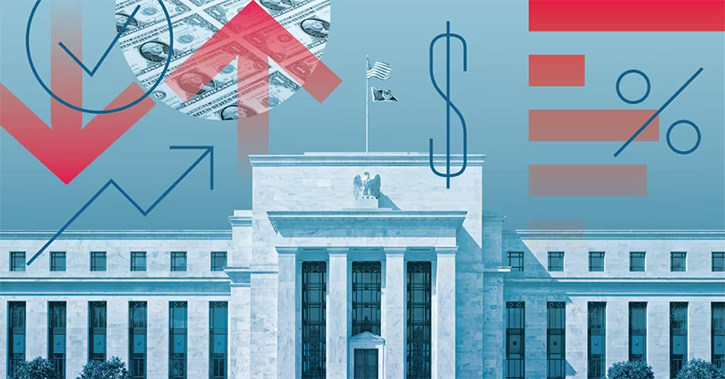Low interest rates and an ageing population hungry for retirement income has swelled equity income funds since the financial crisis, even as growth stocks have outperformed. The appeal of dividends goes back to the days of the Dutch East India Company and extends beyond the cash payout. Reinvested dividends and dividend growth contribute a substantial portion of the long-term total return of equities.
Though they may be overshadowed in the short term by the market’s high fliers, dividend-paying stocks have a strong long-term track record, as the dividend commitment instills discipline on corporate managers. Yet equity income investing is far from risk-free. A company can lure investors in with yield, only to experience financial distress, dividend cuts, and share price declines.
From financial services and housing-related stocks in 2008–09, to energy and materials in 2015–16, to General Electric (GE) in 2017, the past decade is littered with cautionary tales of dividend traps. Overvaluation is another pitfall. Yield-hungry investors can bid up the shares of dividend payers, as seen in 2016, when the price of utility stocks exceeded their fair value.
A selective approach to equity income investing is optimal. Most rules-based passive equity-income strategies employ screens for dividend sustainability. These tend to be backward-looking indicators, such as historical dividend payments and historical dividend growth. This approach is inherently limited.
For example, Bank of America (BAC) steadily grew its dividend for decades until a substantial cut in 2008–09. Similarly, Citigroup (C) and ConocoPhillips (COP), and were all reliable payers—until they weren’t.
Morningstar Indices employ a forward-looking approach to screen dividend-paying companies. By targeting companies with competitive advantages and healthy balance sheets, the methodology emphasizes dividend payments that can be sustained and ultimately grown over time. The methodology also incorporates a measure of financial health known as “Distance to Default”, that aims to forecast the likelihood of bankruptcy.
Global approaches to dividend commitments vary
Looking at 7,000 stocks between mid-2005 and mid-2017, we found that the frequency of dividend cuts increases outside of North America. It grows larger still when emerging markets are included.
Outside of North America, dividends are not considered a commitment to the same degree as they are in the US and Canada. They are often paid out opportunistically when the company has excess cash on hand. In emerging markets, the dividend commitment is weaker still. That said, the trend was the same across the globe: during the 12-year time period examined, the moat ratings and Distance to Default scores were good predictors of the likelihood of a dividend cut.
The wider the moat – or competitive advantage – the less likely a subsequent dividend cut. No-moat companies are far more likely to experience dividend cuts than narrow-moat companies – and narrow-moat companies are more likely to cut dividends than wide-moat companies. That trend is consistent across geography.
But is now the wrong time to invest in dividend-paying stocks? The conventional wisdom holds that when rates rise, investors turn to cash and bonds and shun equity income. But the empirical record shows that the relationship between interest rates and the performance of dividend-paying stocks is complicated. Morningstar Indices compared the relative return profile of dividend payers to the 10-year government bond yield in several global markets and found no clear pattern.
It’s safe to say that investors should spend less time worrying about interest rates and more time thinking about financial health and the sustainability of the profits that fund a company’s dividends. Investors should never chase yield at the expense of total return, but buying the shares of companies that are capable of maintaining and growing their income streams into the future is a path to successful long-term equity investing.





















